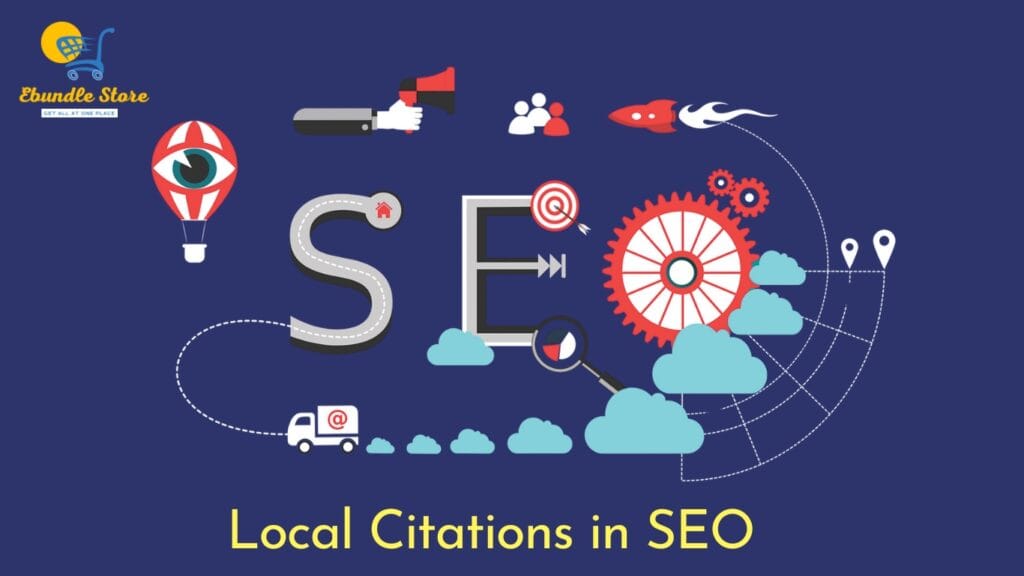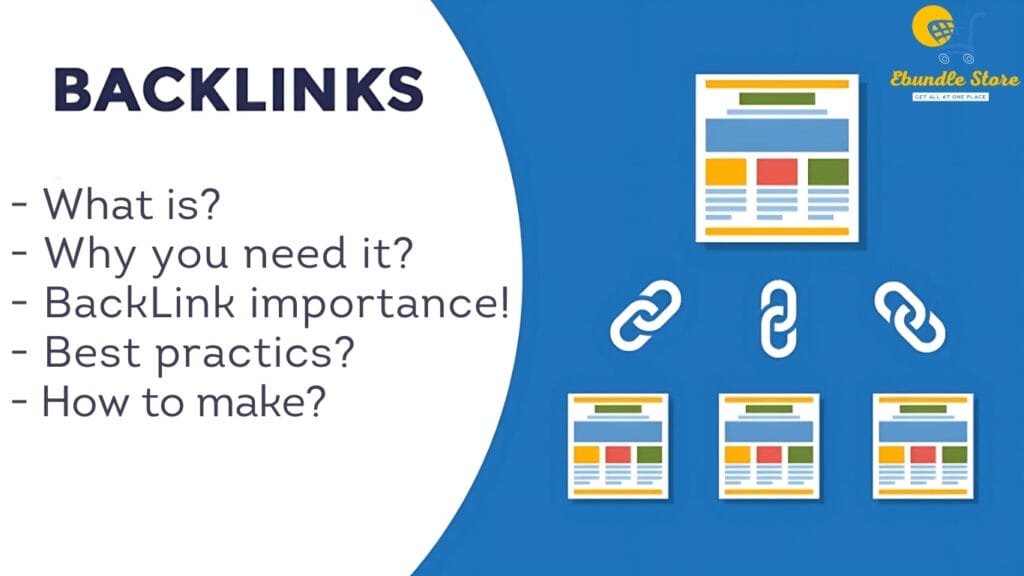Internal linking refers to the practice of hyperlinking one page of a website to another page within the same domain. These links are crucial for both user navigation and search engine optimization (SEO). By connecting related content, internal links help users find relevant information while also assisting search engines in understanding the structure of your site.
How Internal Links Work
When you create an internal link, you provide a pathway for visitors to navigate between different pages on your website. For example, if you have a blog post about "SEO Strategies," you might include internal links to other related articles, such as "Keyword Research Techniques" or "On-Page SEO Tips." This not only enhances user experience but also helps search engines crawl and index your pages more efficiently.
Here’s what an internal link looks like in HTML code:
xml
<a href="https://www.example.com/related-article" title="Related Article">Read More About SEO Strategies</a>
Importance of Internal Linking for SEO
- Enhances Site Navigation
Internal links make it easier for users to navigate your website. By guiding visitors to related content, you increase the likelihood that they will spend more time on your site, which can lead to higher engagement rates and lower bounce rates.
- Establishes Information Hierarchy
Internal linking helps establish a clear hierarchy within your website. By linking from high-authority pages (like your homepage or popular blog posts) to less prominent pages, you can distribute link equity effectively. This strategy signals to search engines which pages are most important and should be prioritized in rankings.
- Improves Crawlability
Search engines use bots (crawlers) to discover and index web pages. Internal links facilitate this process by providing pathways for crawlers to follow from one page to another. This means that all pages on your site have a better chance of being indexed and ranked.
- Passes Link Equity
When a high-authority page links to another page on your site, it transfers some of its authority (often referred to as "link juice") to that page. This can help improve the rankings of less prominent pages, making them more competitive in search results.
Best Practices for Internal Linking
- Use Descriptive Anchor Text: The text you use for your internal links should be descriptive and relevant to the linked content. This helps both users and search engines understand what the linked page is about.
- Link to Relevant Content: Ensure that the pages you link together are relevant to each other. This enhances user experience by providing additional value and context.
- Limit the Number of Links per Page: While internal linking is beneficial, too many links on a single page can dilute their effectiveness. Aim for a reasonable number of internal links that enhance navigation without overwhelming users.
- Regularly Update Links: As you add new content or update existing pages, revisit your internal linking strategy. Ensure that all links are functional and point to the most relevant content.
Conclusion
Internal linking is a fundamental aspect of SEO that plays a vital role in enhancing user experience and improving search engine rankings. By implementing effective internal linking strategies, you can create a more navigable website that keeps visitors engaged while signaling the importance of various pages to search engines.
If you need assistance with optimizing your internal linking strategy or enhancing your overall SEO efforts, feel free to reach out! Let us help you achieve remarkable results in the digital landscape.
FAQs About Internal Linking
There’s no strict limit, but aim for 3-5 relevant internal links per page. Focus on quality over quantity, ensuring that each link adds value.
Yes, effective internal linking can enhance your site’s SEO by improving crawlability, distributing link equity, and increasing user engagement.
Tools like Ahrefs, SEMrush, and Screaming Frog can help analyze your internal linking structure and identify opportunities for improvement.















